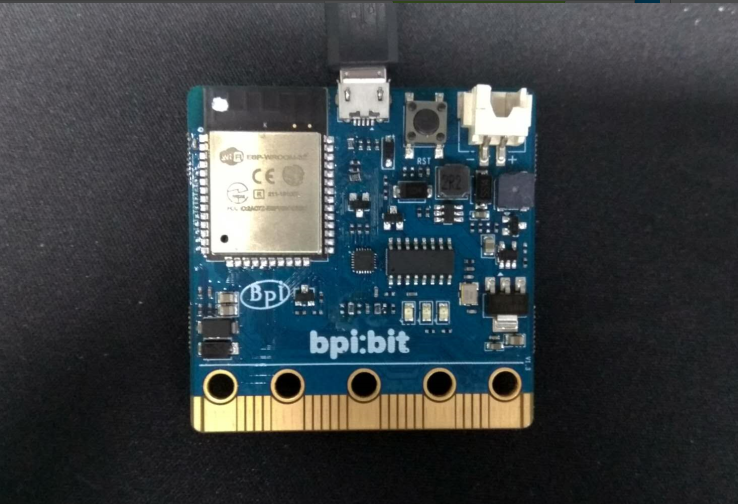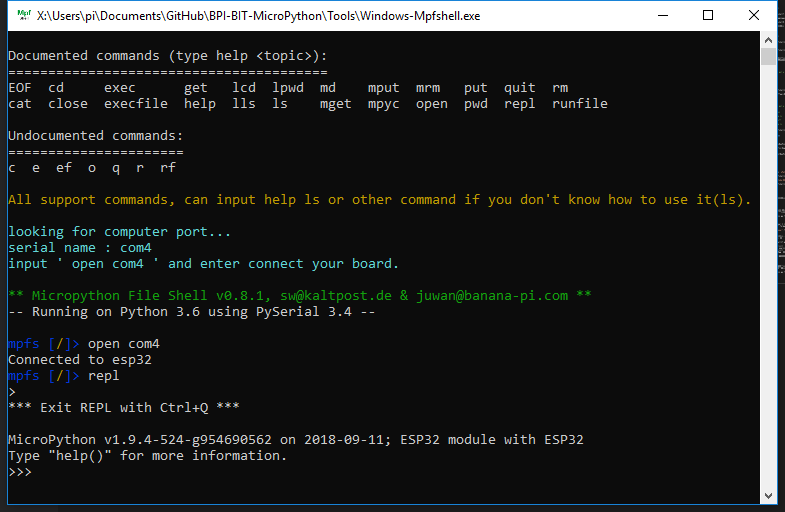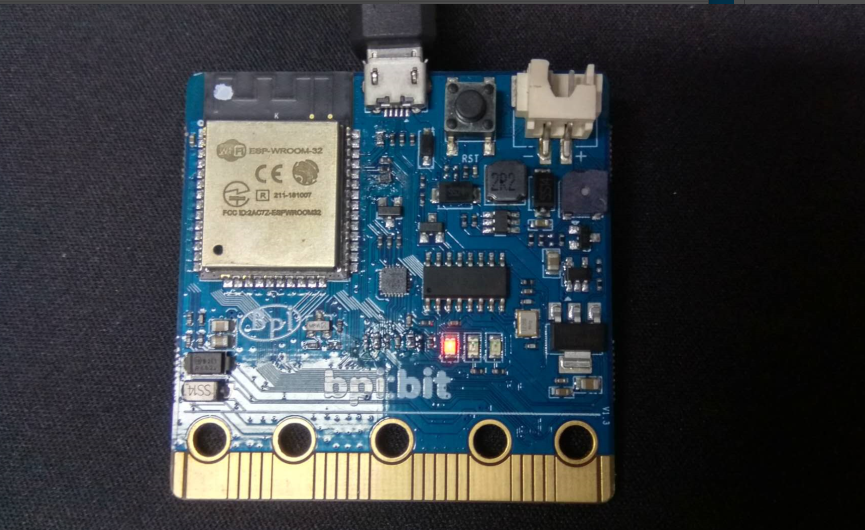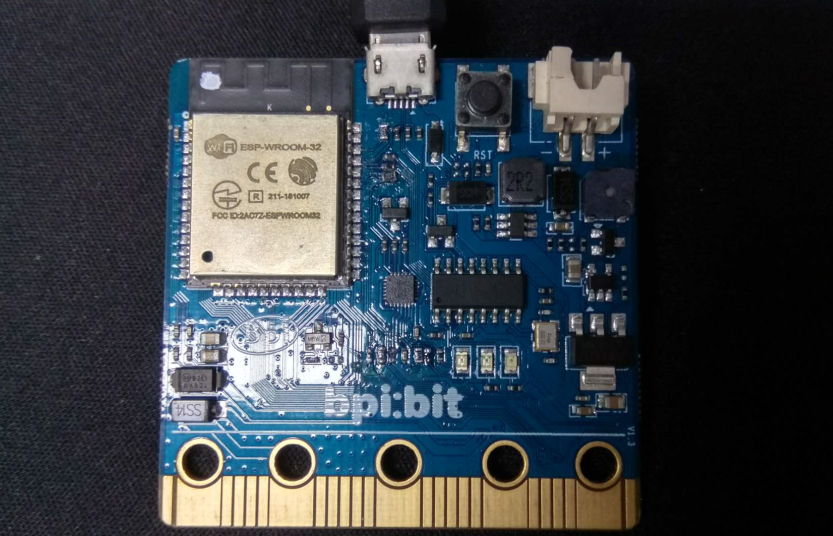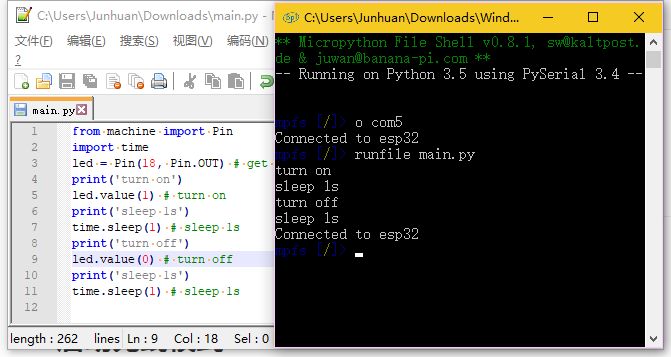Difference between revisions of "5 Light up all kinds of LED"
(→Use mian.py) |
(→Use mian.py) |
||
| Line 49: | Line 49: | ||
print('turn off') | print('turn off') | ||
led.value(0) # turn off | led.value(0) # turn off | ||
| + | |||
| + | [[File:Mian_light.png]] | ||
Revision as of 22:42, 17 February 2019
Light up all kinds of LED
If Hello World is the beginning of religious programming for software programmers, Blink Led is the same for hardware programmers. All hardware programming starts with lighting a lamp.
So we started to prepare our hardware, and I was using a beta version 1.3. It is sufficient for the purposes of this chapter, and is common to subsequent boards. Therefore, we pay attention to progressive, first a lamp, and then a row of lights.
Use repl
- Go into repl mode
- input (after selecting the text to copy, right-click in the black box and paste)
from machine import Pin
- input again
Pin(18, Pin.OUT).value(1)
- Make sure that one of the lights on the panel is lit
- Just to make sure it's the light we're controlling,input
Pin(18, Pin.OUT).value(0)
- That's when you see it go out
Use mian.py
- Prepare the following code into the main.py file. Unlike the previous one, this effect is continuous. It will make the light on and wait for one second before it goes off.
from machine import Pin
import time
led = Pin(18, Pin.OUT) # get a led on gpio 18.
print('turn on')
led.value(1) # turn on
print('sleep 1s')
time.sleep(1) # sleep 1s
print('turn off')
led.value(0) # turn off
